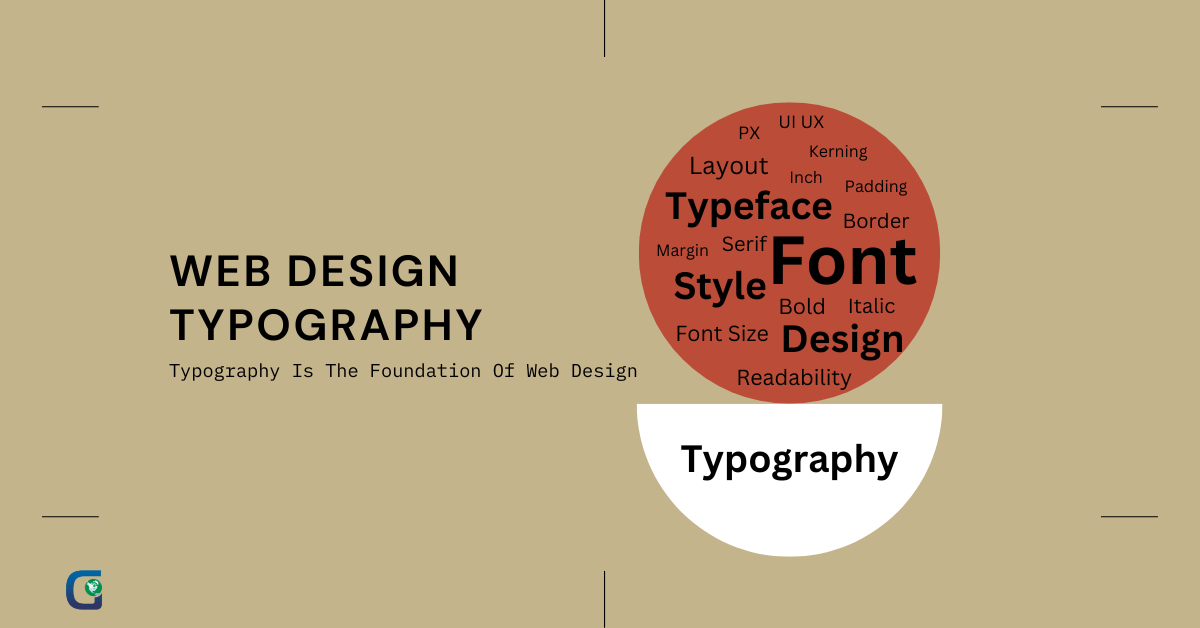Table of Contents
Toggle- Use of Color Psychology in Web Design
- Red Color Psychology in Web Design
- White Color Psychology in Web Design
- Yellow Color Psychology in Web Design
- Blue Color Psychology in Web Design
- Black Color Psychology in Web Design
- Orange Color Psychology in Web Design
- Green Color Psychology in Web Design
- Color Psychology Significance
- Final Words
Use of Color Psychology in Web Design
Red Color Psychology in Web Design
When to Utilize Red Color?
- To evoke a sense of urgency and excitement, carefully use the eye-catching accent color red.
- Red should be used on call-to-action buttons to promote quick action and increase conversions.
- Use red on advertising visuals or sales banners sparingly to engender a dread of losing out.
When to Avoid Red Color?
White Color Psychology in Web Design
When to Utilize White Color?
- Use white strategically in site design to convey simplicity, cleanliness, and openness.
- Use white backgrounds to make content stand out and make it easier to read, encouraging users to interact with the website.
- Utilize white to convey a sense of reliability and purity, which may increase conversions.
- Use white on websites focusing on healthcare, news, and professional services where trustworthiness and cleanliness are essential.
When to Avoid White Color?
Yellow Color Psychology in Web Design
Color psychology for websites empowers a business and increases conversions by creating visually compelling designs that resonate with their target audience. A study found that websites with yellow call-to-action buttons had a 28% greater conversion rate than those with other colors of buttons.
Amazon purposefully uses yellow accents, such as call-to-action buttons and product prices, to capture attention and compel user action. This strategy has led to a significant 35% boost in click-through rates.
When to Utilize Yellow Color?
- Choose yellow as an accent color to draw attention to important aspects of your website, such as call-to-action buttons, headlines, or photographs.
- Yellow is a good choice for websites that create a happy and upbeat atmosphere because it is closely related to happiness and optimism.
When to Avoid Yellow Color?
Blue Color Psychology in Web Design
Blue is closely associated with traits like dependability, intellect, trust, safety, and security. It has a calming and soothing impact.
Blue is a popular color choice for web design palettes and logos in sectors that place a high priority on trust, such as insurance, banking, and cybersecurity.
Numerous well-known websites frequently use the color blue when designing their web pages. Blue is a color that LinkedIn uses to convey professionalism and trust. Blue is used by Facebook and Twitter has an inviting and user-friendly color. Using blue in web design effectively improves conversions, builds trust, and enhances visual appeal. This signifies the importance of psychology of color in web design.
When to Utilize Blue Color?
- Utilize blue color in your web design, if your target market includes older persons or people who are sensitive to bright colors
- Websites that cater to the business services, consultancy, or B2B businesses should use the color blue.
- Blue is frequently used for text and links due to its strong contrast with white backgrounds, which improves readability and allows for easy content navigation.
When to Avoid Blue Color?
Black Color Psychology in Web Design
When to Utilize Black Color?
- Utilize black deliberately to highlight the exclusivity and individuality of your brand or product, luring them to join something special.
- Use bright colors and black accents to create a sleek and modern style and strike strong contrast with other elements on the page.
When to Avoid Black Color?
Orange Color Psychology in Web Design
Orange is a well-liked color in web design because it is associated with excitement, warmth, and energy. Orange is used in the web design of many well-known websites, including Hubspot, to achieve particular effects.
When to Utilize Orange Color?
When to Avoid Orange Color?
Green Color Psychology in Web Design
When to Utilize Green Color?
When to Avoid Green Color?
Color Psychology Significance
The color palette in web design is crucial in creating a visually appealing and impactful website. Colors may elicit feelings, communicate ideas, and affect how people behave. Web design services (also offer website redesigning services) understand the importance of color in web design and provide knowledge in choosing the ideal color scheme for a website.
Professionals are aware of how colors can improve the user experience and accomplish certain objectives while developing new websites or redesigning current websites.
Final Words
Author: GVM Technologies
Related Blog
Category
- Uncategorized (2)
- Web Design (9)
- Software Development (5)
- Web Development (5)
- Digital Marketing (19)
- Mobile Development (2)



